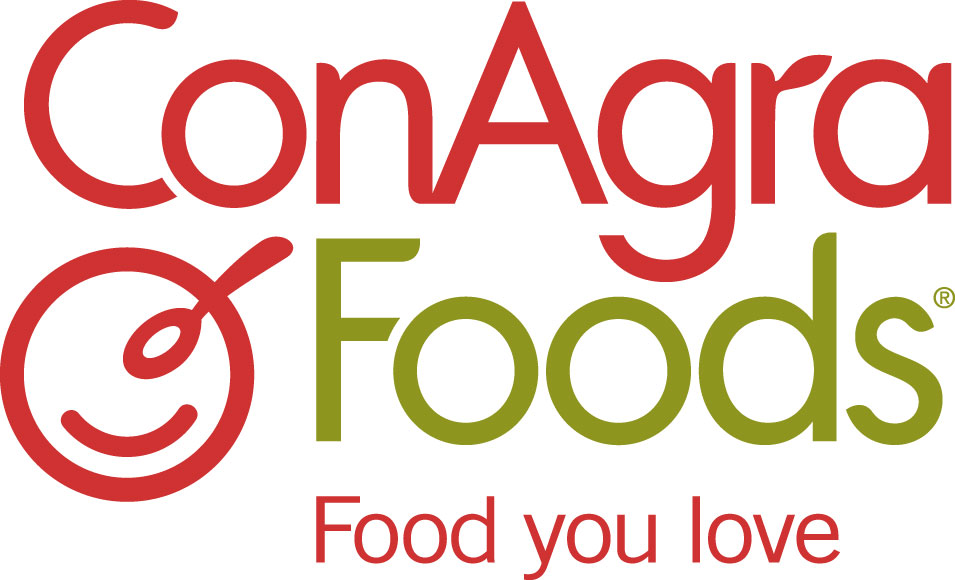ConAgra Foods' Green Strategy: Award Employees for Sustainability Efforts

Originally Published on GreenBiz.com
Last year, ConAgra Foods -- the U.S. packaged-foods company behind such well-known brands as Hunt's Ketchup and Reddi-Wip -- saved millions of dollars while dramatically cutting its energy consumption. It accomplished this by not relying on major process changes or heavy investments hailing from top executives. Instead, it turned to its employees.
The accomplishments stemmed from an awards program, launched in 1992, developed to encourage employees to proactively look for ways to eliminate waste and reduce water and energy consumption. By allowing different divisions to set their own sustainability goals and awarding employees that met those goals, the Nebraska food giant saved 300 million gallons of water, eliminated 61,000 tons of landfill waste and reduced its carbon emissions by more than 43,000 metric tons. These efforts also saved the company $28 million.
Gail Tavill, ConAgra's vice president of sustainable development, spoke with GreenBiz about how the program works, lessons learned and challenges the program has faced.
GreenBiz: How did you reduce water usage by 300 million gallons of water?
Tavill: Almost half of that was from one manufacturing facility. The winner this year was a potato processing facility, which reduced water by 24 percent -- 150 million gallons -- by tracking daily water usage and posting daily metrics in the plant. That gave employees awareness about how much was being used and where. They did not invest a whole lot in this, it was more about green awareness from the metrics posted. Within six months, the water reduction began because of employee efforts, and not the re-engineering of processes. The team did simple things like changing nozzles and finding out where water was wasted, then found ways to avoid it. In terms of expenses, it was a month's payback.
GreenBiz: Where did the balance of the water savings come from?
Tavill: Our pudding factory saved about 5 million gallons of water. A frozen foods plant in Arkansas put together a drip team that located drips wherever they found them, and fixing drips led to water savings. What we found on water conservation is it's really more behaviorally-based, rather than requiring capital-intensive projects.
GreenBiz: So was there thoughtless wastage before?
Tavill: Here's a conundrum we face -- water is undervalued. Any business focuses on things with high value. Until we made water usage a goal, it wasn't a focus because water is cheap. Until we started to give water a business value beyond dollars, it wasn't a priority. That is why we made water conservation a specific target when we set sustainability goals two years ago.
Continue reading and comment on the original story on GreenBiz.com.

